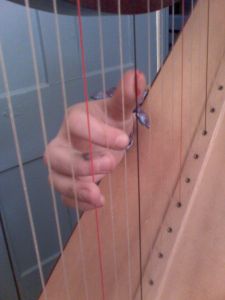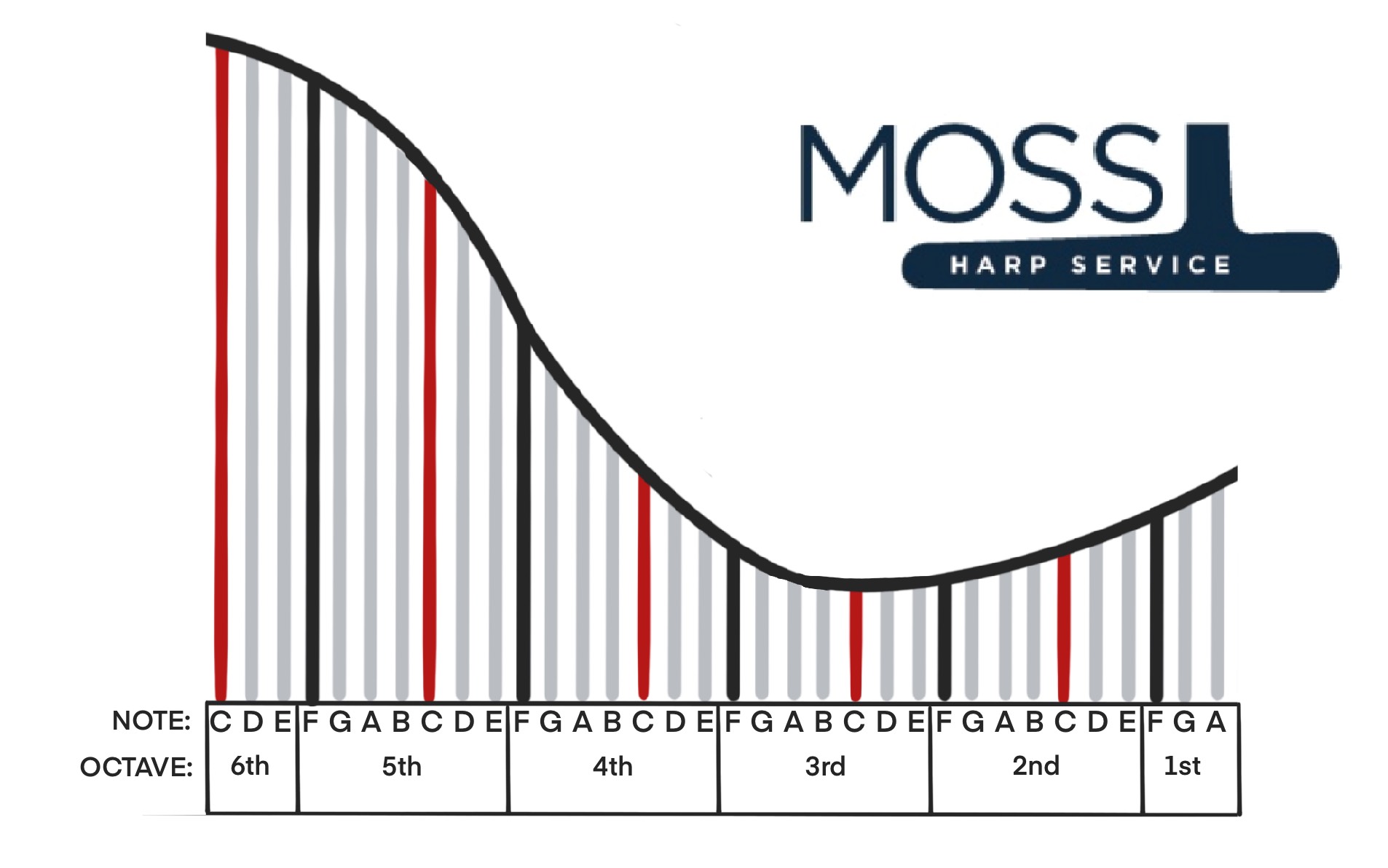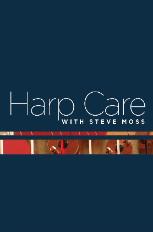 In the previous post in this series, we discussed ways of finding used harps for sale, both by consulting local harpists and teachers, and by searching Internet resources including ebay and harp dealers across the country who advertise used harps for sale. We also talked about educating yourself about the prices sellers are asking for harps like the one you’re interested in, so that you can tell whether one that may be available near you is competitively priced, a steal, or an absolute rip-off.
In the previous post in this series, we discussed ways of finding used harps for sale, both by consulting local harpists and teachers, and by searching Internet resources including ebay and harp dealers across the country who advertise used harps for sale. We also talked about educating yourself about the prices sellers are asking for harps like the one you’re interested in, so that you can tell whether one that may be available near you is competitively priced, a steal, or an absolute rip-off.
If you find a harp right near you, by all means schedule a time to go and look at it. More often than not, however, you may find yourself needing to drive a few hours, or maybe even out of state in order to look at a used harp. In this case, contact the buyer, and see what you can learn. By asking the right questions, you’ll be able to get a better sense of the harp’s history, and whether the seller is someone you feel comfortable talking with.
Get the seller talking with questions like “how long have you had the harp?” “Do you play, or is it someone else in your family?” How old is the harp?” By asking open-ended questions like these, you can hopefully pick up clues about where this harp has been and how it has been cared for. In many cases, the harp has been owned and played by someone who wants to upgrade to a fancier model, or by a student who subsequently stopped studying. Other times, though, you might determine that the harp was bought in an estate sale, and the owner may not know a thing about harps. It is not necessarily bad to do business with this type of seller, but it is important to realize that he or she may not be able tell you anything reliable about the harp’s condition.
You may also request that the seller email some photos. While they may have one or two shots of the entire harp, and perhaps one of the maker’s name or serial number, see if they are willing to snap some close-ups of the strings, the soundboard, the base, the pedals and the neck. With photos like these, you can continue to get a better sense of how a harp has been treated. If it’s missing a large number of strings, for instance, it probably has not been played in a long time. If the pedal slots in the base have veneer missing or separating, the harp may have moisture damage, or it may simply be quite old.
Assuming it is going to take hours of driving time just to look at a harp you’re interested in, you may be able to screen out some by a brief conversation and some photographs, and save your driving for the prospects you feel most comfortable with and excited about.
But what if the harp is a thousand miles away and it’s just not feasible for you to go and look in person? We’ll talk about that next time.



0 Comments